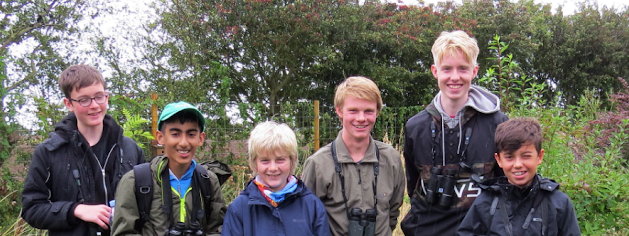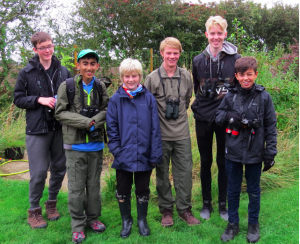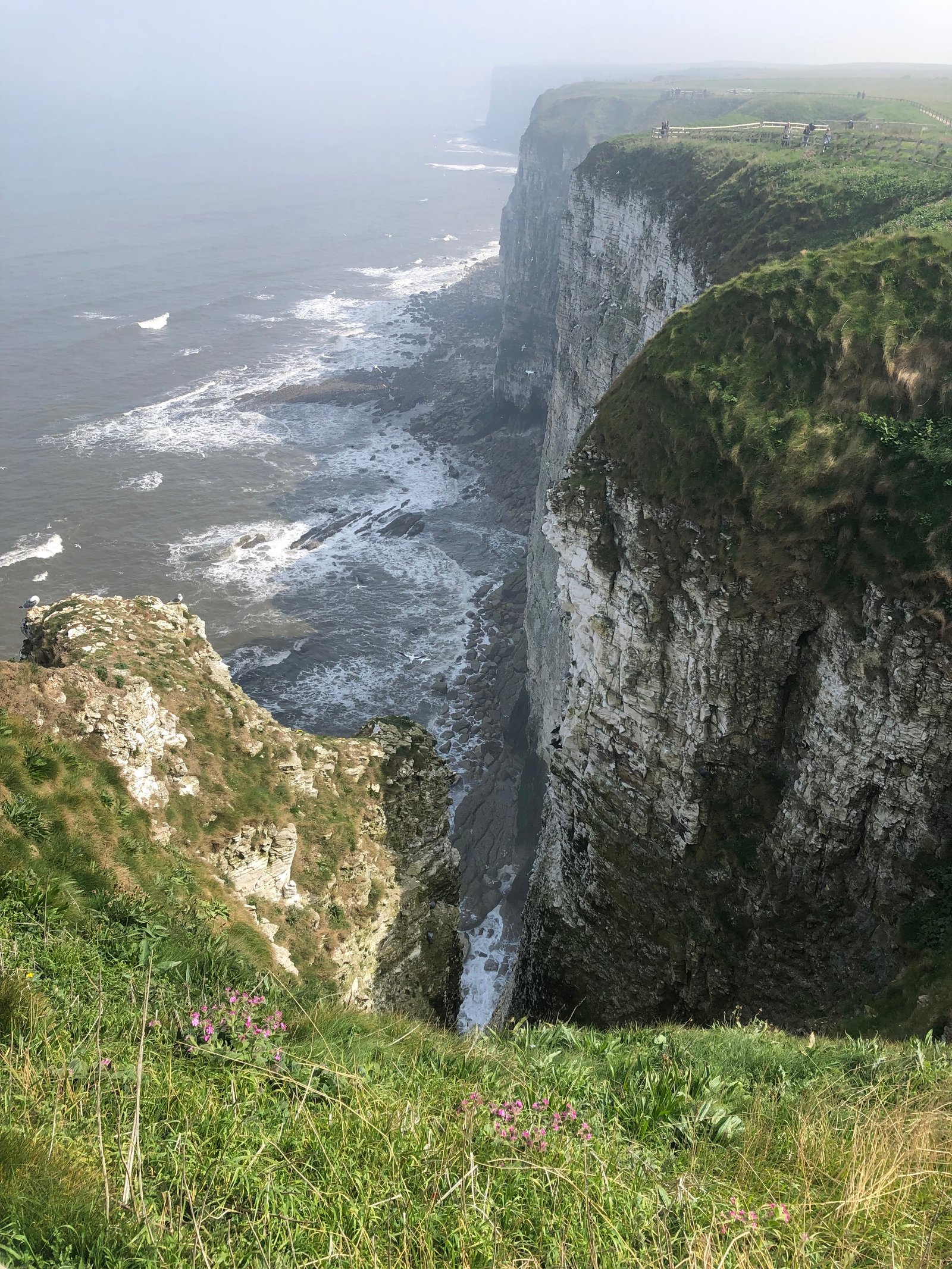
Spurn Young Birder competition
On the 7th September, we travelled up to the east coast for Migfest at Spurn Bird Observatory. Migfest didn’t start until later that day so we managed to fit some birding in. I went seawatching for the first time and saw Arctic Skua and Red-throated Diver which were both new species for me in Britain. After the competition, I went and saw the Common Rosefinch.
Saturday was the day of the competition and the six contestants met Nick Moran (organiser of BTO Birdcamp) in the Observatory common room. The other finalists were Kabir Kaul, Jack Bradbury, Alex Liddle, George Rabin and Angus Jennings.
The younger contestants stayed round the observatory to do a lab test, birding on the estuary and birding in the bushes and the older contestants went to another part of the reserve to do seawatching and vismig.
I first went into someone’s private hide in their garden facing onto the Humber where I was tested on estuary birding. I was asked to identify Golden Plover, Redshank and Dunlin. I was then asked questions about what lekking was and I was given a list of waders and I had to say which of them had white rumps.
I then moved onto the lab test with Nick. I was tested on the anatomy of a stuffed Whimbrel. For example, I had to name the primaries, secondaries, rump, the supercillium and the lores. I was also asked to identify some different bird calls including Linnet, Whitethroat and Redwing, the Redwing being the only one I got wrong.
After that I went to do birding in the bushes. There were unfortunately not many birds around but I was asked to identify Great tits and Wrens. I was asked questions about migratory chats and how to separate Common and Thrush Nightingales. The two age categories rotated and I moved onto seawatching and vismig.
I did seawatching first and was asked to identify Sandwich Terns, Gannets and a pair of Great Skuas. I was then asked about how I would identify a Little Auk and how to distinguish between the three Black Tern species, American, White-winged and Common. I’d never even heard of the American Black Tern so I didn’t really have much of a clue on this question!
The final test I did was vismig. I identified Goldfinch, Greylag Goose and Redshank, none of which were visibly migrating! I was then shown three graphs provided by data from BirdTrack lists on when the three common species of pipit (Meadow, Tree and Rock) are most abundant in the UK. I then had to match each species of pipit to the correct graph.
We then all headed back to the Observatory for a quick lunch. After that the contestants met in the common room and the winners were announced: in my age category the winner was Jack and in the older age category Angus was the winner.

In the evening, there was a prize giving ceremony for the finalists. The runners up in each age category were awarded with a finalist trophy, a free online subscription to the British Birds journal, a copy of A Sound Approach to Birding and membership to Friends of Spurn and BTO. The winners in each age category were awarded with all the previous and Swarovski binoculars.


